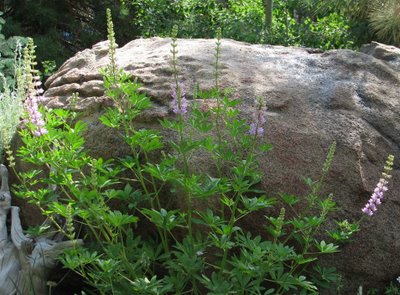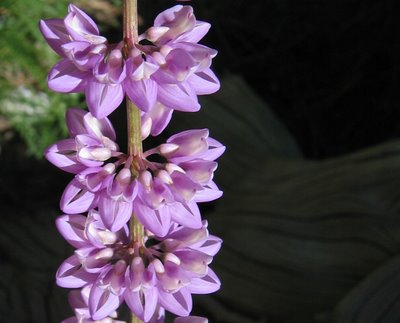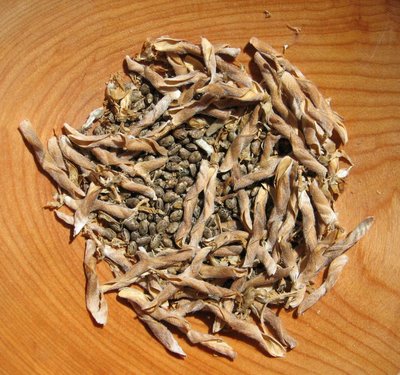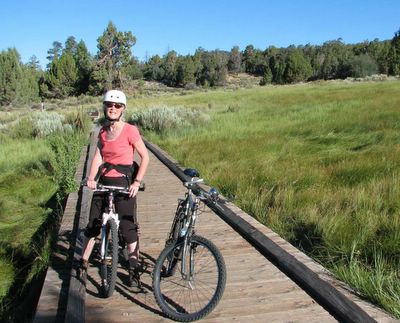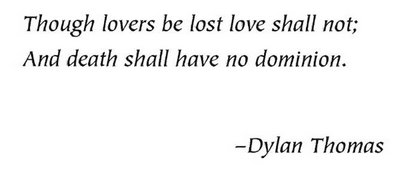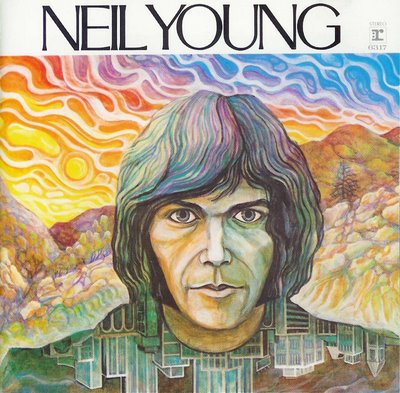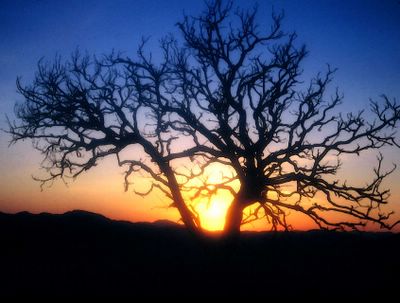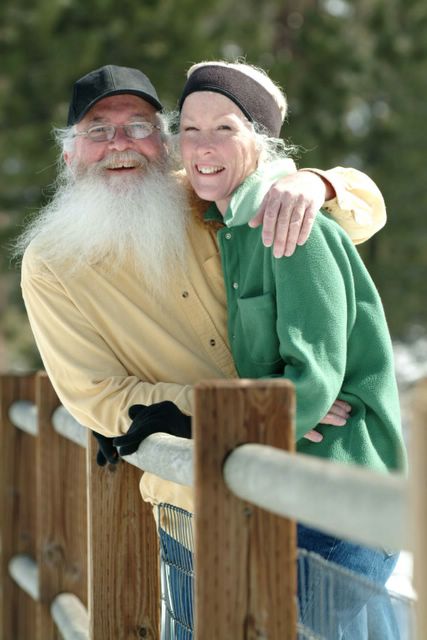 Click on photo to enlarge
Click on photo to enlarge
As you might have gathered from this blog, I've always had the desire to express myself artistically or creatively in some way, and after I started working for the Post Office that need grew stronger, so in 1974 I took a class on making stained glass windows, another craft I had long admired.I pursued this rewarding hobby for several years and here are some of the results.
The window above measures 24 x 36 inches and was made for the front door of my parents home in Granada Hills. For this one I bought a pattern I liked and selected some earthy tones of glass that would bring warm colorful light into their house yet still allow them complete privacy from the busy street they lived on.This was the last window I built, starting it in mid 1978, but not completing it until late 1979 because of being laid up from a motorcycle accident in which I almost lost the lower part of my right leg. Mom sold the Granada Hills house recently and I was very pleased to learn that she shipped this window along to her new home in Utah.I still love the design of this one even though it was a fairly common pattern back then. 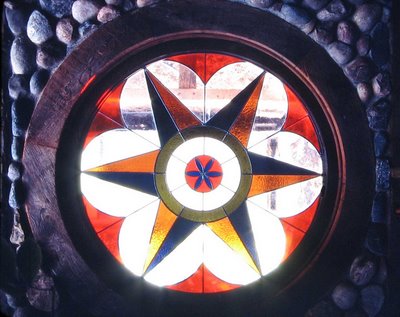 Click on photo to enlarge
Click on photo to enlarge
In 1976 I was hired by a builder in Topanga Canyon to make a few windows for two rustic custom homes he was constructing out of huge timbers he salvaged from the old Ocean Park Pier in Santa Monica, and from ancient heavy planks that were once the floor of an old Southern California Chrysler assembly plant.
They weren't exactly your typical humble hippie abodes of the day, but most of the materials were recycled, and he built them all himself. Well, not entirely by himself, he did hire helpers, so I made the stained glass windows and also helped dig & install a leachfield for one of the septic systems.
This window was by far my biggest stained glass challenge. It's four feet in diameter and the owner/builder requested a Pennsylvania Dutch Hex Sign design which he wanted to be at least semi-transparent.
The design part was simple enough, I just checked out a Pennsylvania Dutch Hex Sign book from the library, found one he liked that I thought I could make into a window, and then selected the appropriate colors of glass in a variety of textures that I felt would accentuate the strong elements of the design even in a translucent/semi-transparent medium.
The challenge came in bracing and stabilizing a large-paned four foot diameter round window without detracting from the design. With a bit of difficulty I fabricated a segmented galvanized steel brace which was then soldered to the lead came on the outside of the completed window, and last I heard it was still there.
Some Pennsylvania Dutch folks believe the commonly six-pointed hex signs bring good luck or ward off evil spirits, and that the colors each have a meaning.
Blue for protection - note the six-sided cobalt blue center.
Red for emotion, passion, lust, & creativity - I chose a clearly vivid red don't you think? ;~)
Green for fertility & growth - a green ring anchors the segments of the large six-pointed central star.
Violet for things sacred - it's hard to tell from the photo but half segments of the large star are violet.
Orange for success in career - the other halves of the large star segments are orange.
White for purity - The clear panels were white in the original design and they do let a pure clean light into the room, which appears to be white on occasion, like in the photo.
But I wouldn't know about all that because I'm not Pennsylvania Dutch, I'm Swedish, Irish, and Cherokee...
The window was fitted into a massive frame and installed in a rock wall beside the hand-hewn front door of the house the builder constructed for himself.
I took the picture from inside the finished house a year or so after I built the window.

Click on photo to enlarge
The same builder was constructing a similar house on an adjoining lot with more of the same salvaged timbers. This was a spec house built and sold to pay off his construction loans on the two houses. The antique etched glass above was installed in the master bathroom of the spec house and I made the smaller stained glass panels to either side. These are two of my favorite windows because they were among the first ones in which the design was all my own.
I haven't done any stained glass work in 27 years, but I still have the equipment, so who knows, maybe one of these days I'll get back to it...
We have a couple of windows in our house that would look nice in stained glass
I rediscovered these old photos while going through my slides, copying them into digital format with a slide copier. I removed some dust specks and scratches in Photoshop.
Labels: art, crafts, rewarding work, stained glass, Topanga
